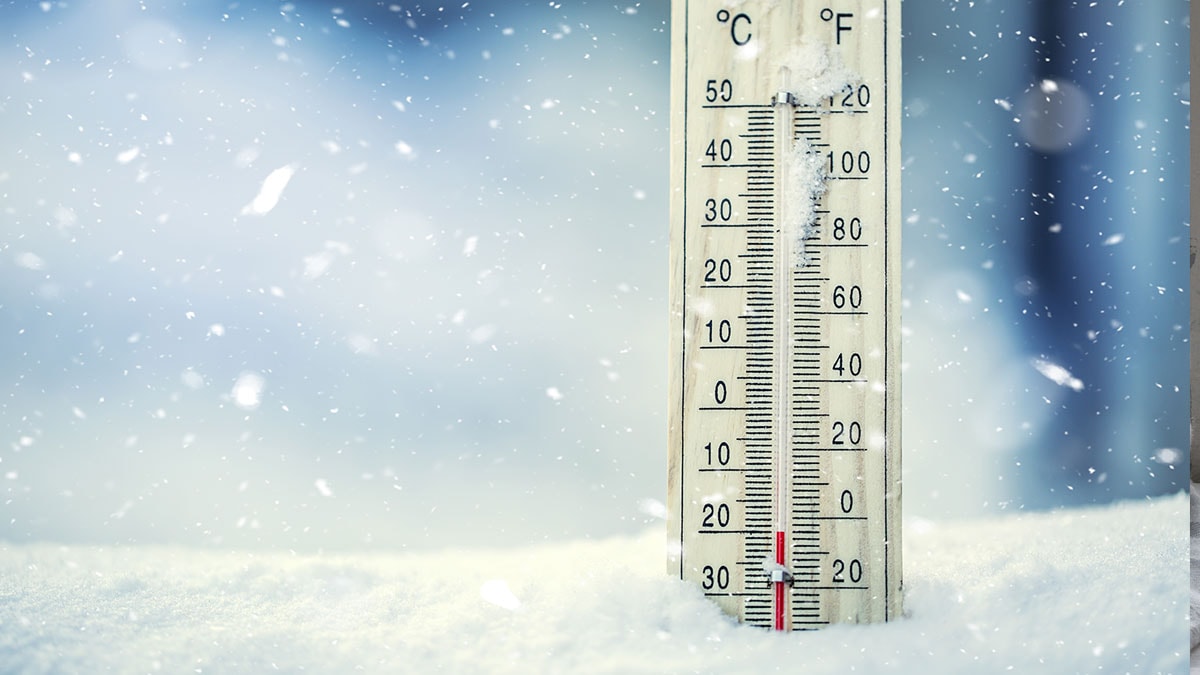KEY POINTS
- During extremely cold weather, staying warm and safe can be a challenge.
- Learn how to prepare for winter storms, prevent cold temperature-related health problems, and protect yourself during all stages of a winter storm.
Prepare for a winter storm
Learn more:
Stay safe during and after a winter storm

Winter storms are dangerous. They can bring cold temperatures, power failures, loss of communication services, and icy roads. This can make being outside dangerous, so you should limit your time outside. Although staying indoors as much as possible can help reduce the risk of car crashes and falls on the ice, you may also face hazards inside your home.
Learn more:
Prevent hypothermia and frostbite

Hypothermia (abnormally low body temperature) and frostbite are both dangerous conditions that can happen when a person is exposed to extremely cold temperatures. Stay safe this winter by learning more about hypothermia and frostbite, including who is most at risk, signs and symptoms, and what to do if someone develops hypothermia or frostbite.
Learn more:
Original Article – https://www.cdc.gov/winter-weather/about/





